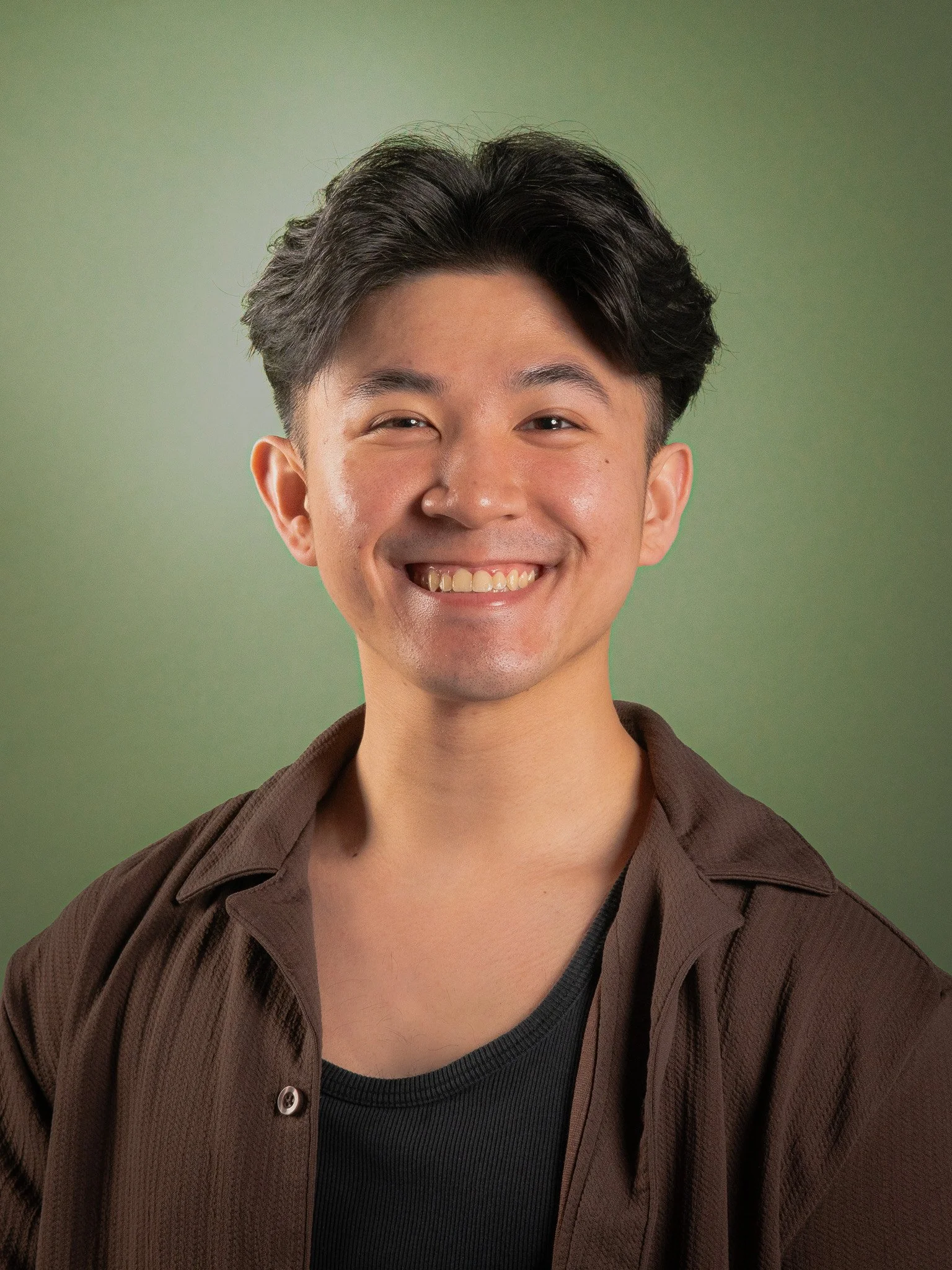
SPRING
AWAKENINGS
In a world where curiosity is stifled and questions are met with silence, a group of teenagers finds themselves thrust into the chaos of adolescence without a guide. Melchior, an intellectual rebel; Wendla, an inquisitive girl; and Moritz, a boy burdened by academic pressures—grapple with their budding desires and the harsh realities of growing up in a society that refuses to provide answers.
This is #NotTheMusical…
“Spring Awakenings pushes the limits in the same way that I imagine Frank Wedekind would have hoped for when he was writing the play over 100 years ago. It is creative, unusual, and reminds us that, even today, it is important to keep asking questions and pushing the limits.”
“★★★★… It is the entire group of young people that bring us the story facing these mysteries of life. This cast is superb in making the audience see their hopes, desires and questions.”
“It is a fervent and vibrant production with a cast clearly filled with passion for what might be seen as something of a theatrical novelty... And this show is just plain fun, as well.”
Jake Griffith & Bryce Lederer (photo by Mollie Menuck)
Hannah Loessberg, Isabelle Grima, & Grace Trivax (photo by Mollie Menuck)
The Company of "Spring Awakenings" (photo by Mollie Menuck)
Grace Trivax & Nicholas Ford Kinney (photo by Mollie Menuck)
Isabelle Grima & Jake Griffith (photo by Mollie Menuck)
Ryan Vu & Pierce Julian Howard (photo by Mollie Menuck)
Bryce Lederer & Hannah Loessberg (photo by Mollie Menuck)
Ryan Vu, Nicholas Ford Kinney, Pierce Julian Howard, Quinn Skelly, & Phoebe Westbrooks (photo by Mollie Menuck)
When it first premiered in 1906 in Berlin, Spring Awakenings was already a revolutionary piece of theatre. More than a century later, the struggles these characters face still hit uncomfortably close to home.
The young people in this play aren’t just navigating the chaos of adolescence—they’re carrying the weight of generations before them. They are inheriting a world where adults are too afraid to be truthful and too stuck in their ways to imagine something. And so, the cycle continues.
We are still stuck in this cycle today. Information about sexual health, reproduction, and bodily autonomy are policed and politicized. And young people—just like the ones in this play—are left trying to make sense of themselves in a world that won’t give them the tools to do it safely and healthily. The silence is still loud. The consequences are still real.
So we ask: What do we owe the next generation? How can we break this pattern and offer something better than what we were given?
DIRECTOR’S NOTE
SPRING AWAKENINGS AT CHICAGO LIVE 2025
Lazy Susan Theatre Co. was invited to join the presenting companies at the 2025 Chicago Live at Navy Pier! Members of the original company, along with director Matthew Masino and music director Dominick Rincker came together to present the show! One performance on Saturday, September 20.
CAST & CREATIVE
*- DENOTES A LAZY SUSAN THEATRE CO. COMPANY MEMBER
Isabelle Grima*
Wendla
Jake Griffith
Melchior
Bryce Lederer
Moritz
Pierce Julian Howard*
Hänschen & others
Ryan Vu
Ernst & others
Nicholas Ford Kinney
Georg & others
Phoebe Webstbrooks
Otto & others
Quinn Skelly
Rupert & others
Hannah Loessberg*
Thea & others
Grace Trivax
Martha & others
Matthew Masino*
Director, Adaptor, & Scenic Designer
Nealie Tinlin*
Asst. Director
Jon Yawn*
Technical Director & Scenic Designer
Francis J. Ziegler
Translator
Frank Wedekind
Playwright
Elly Burke*
Costume Designer
Amina Gilbert*
Lighting & Sound Designer
Michael Van Bodegom-Smith*
Composer
Kira Nutter
Fight & Intimacy Director
Sarah Schorle*
Stage Manager
Dominic Rincker*
Musical Director

































